
Trident Seafoods®
Beer Battered Wild Alaska Pollock
19 oz

Trident Seafoods®
19 oz
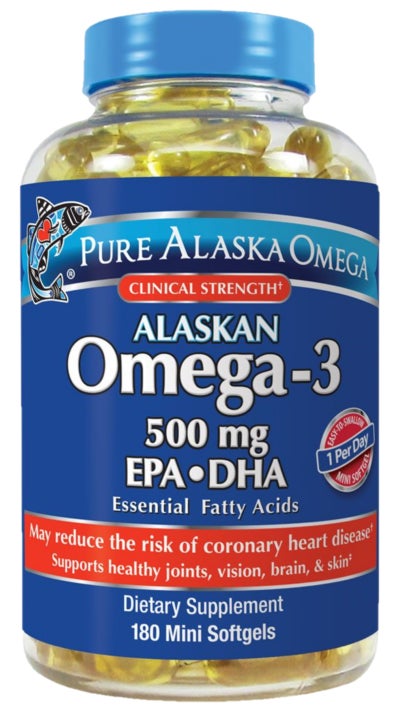
Pure Alaska Omega
180 Count

Trident Seafoods®
19 oz

Trident Seafoods®
24 oz
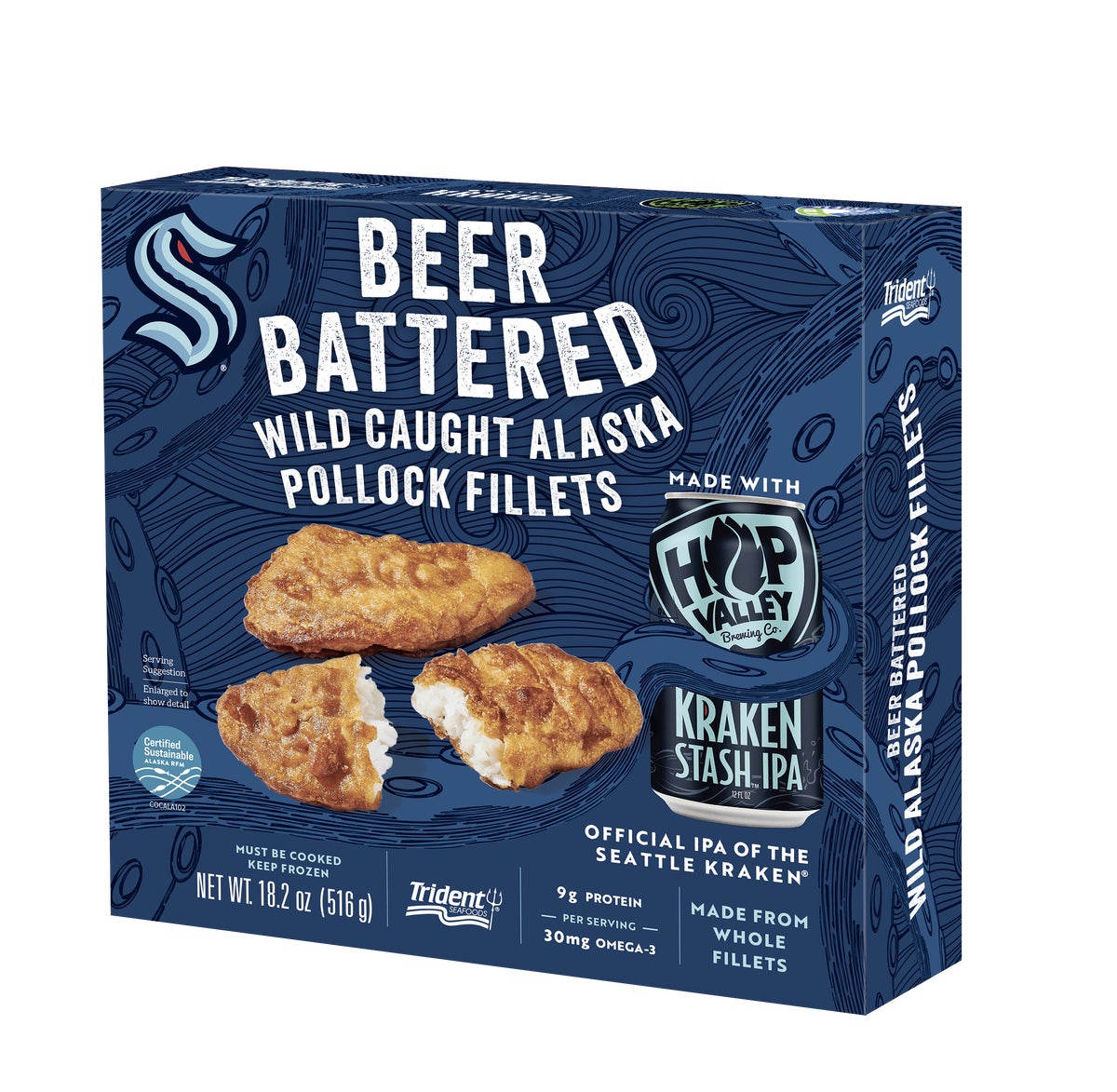
Trident Seafoods®
18.2 oz

Trident Seafoods®
40 oz
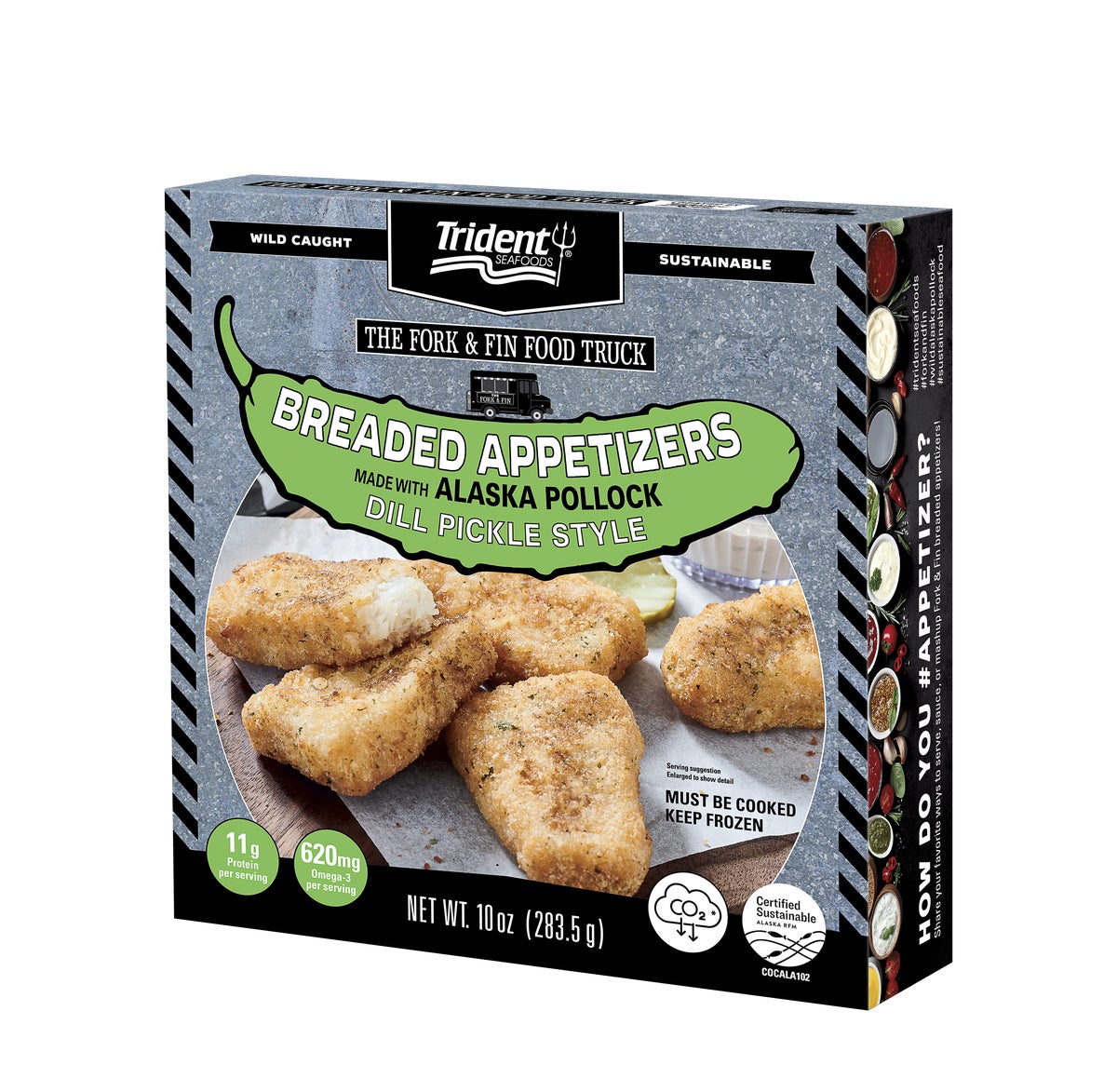
Trident Seafoods®
10 oz
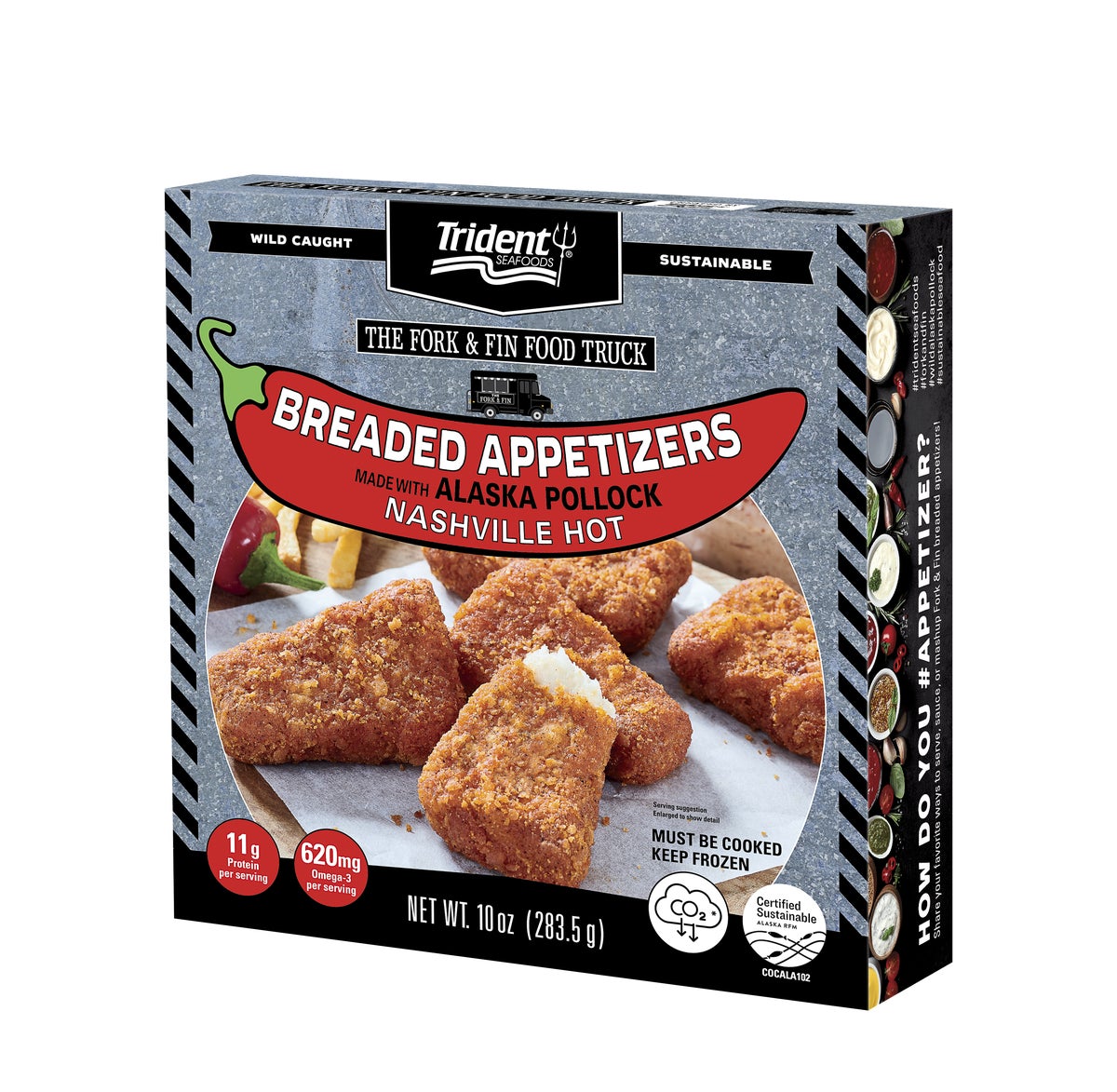
Trident Seafoods®
10 oz

Trident Seafoods®
15 oz

Trident Seafoods®
64 oz

Trident Seafoods®
10.2 oz
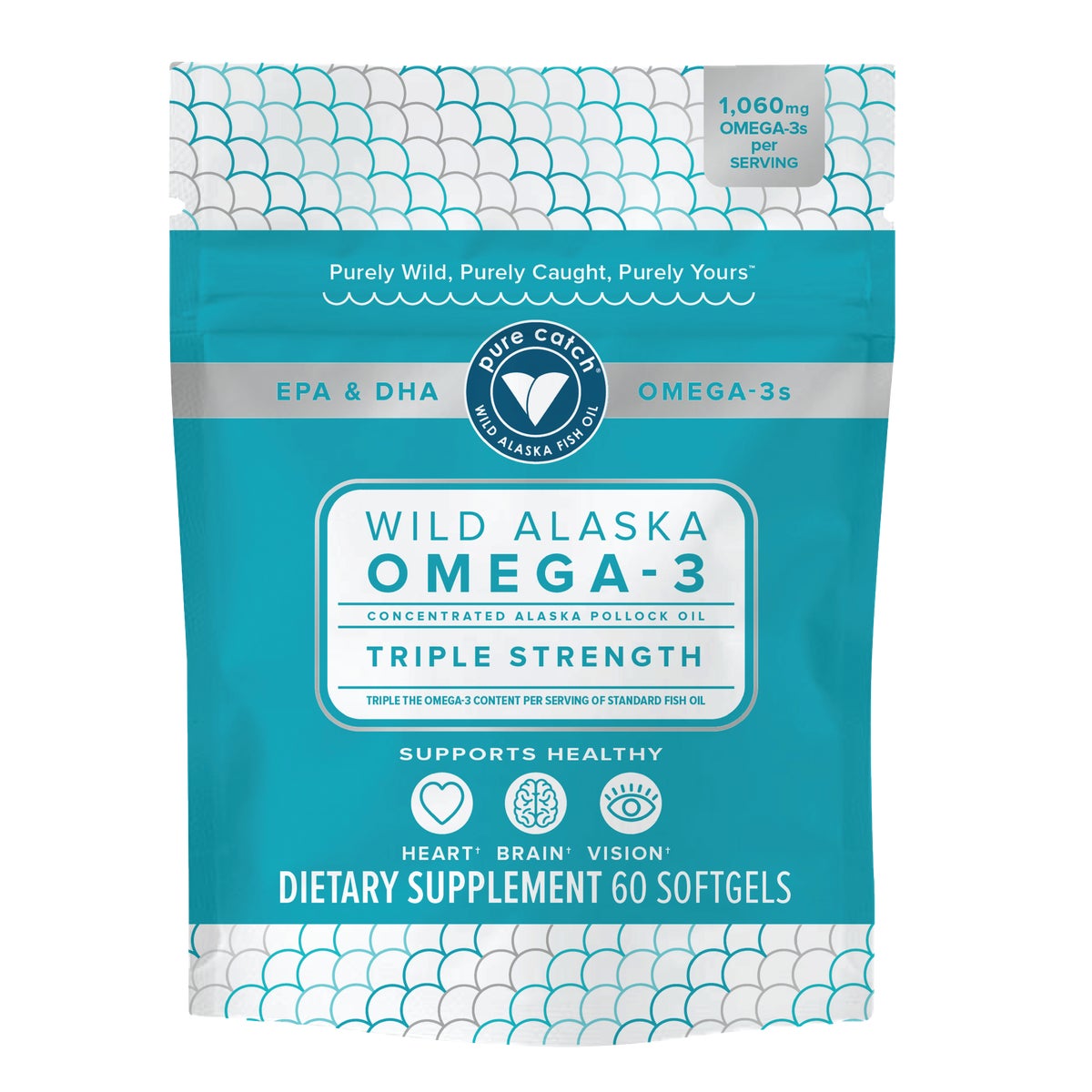
Pure Catch®
60 Count